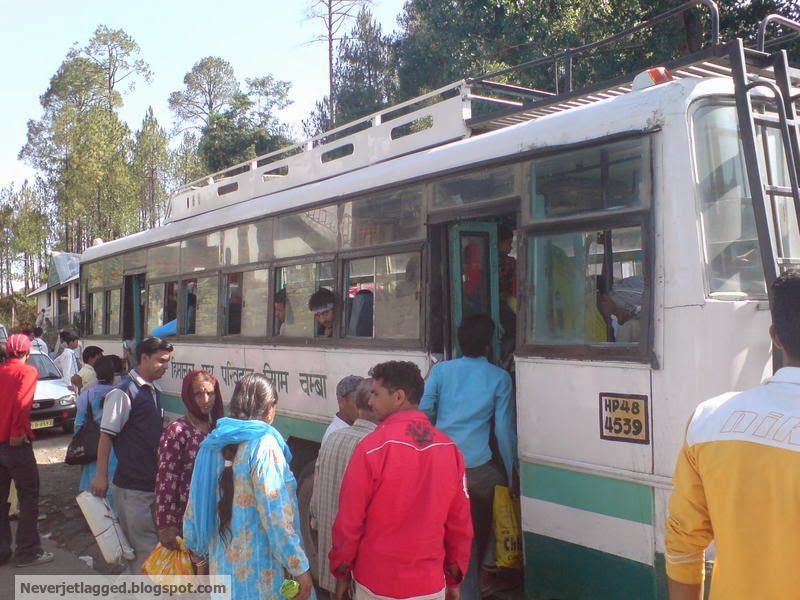The travel itch struck us again, after all it had been 2 whole months
since we had gotten away - so we decided a quick weekend getaway to
Bhandardhara, Maharashtra (180 kms from Mumbai).
After whizzing on the Mumbai Nasik Expressway (NH3, multi lane, smooth
drive), we cut off at the Ghoti Toll to the Nagpur-Aurangabad-Mumbai
Highway (bumpy, single lane but with great countryside views)!
Enjoying the countryside on this route (even better in
monsoon, but not bad in winters either), we crossed a huge 'maidan'
(ground) with what looked like a gzillion people and wait.. also cattle!
It was a cattle fair - people
from the neighbouring villages had gathered to buy or sell cattle. Truckloads of cattle
(literally) of all sizes, breed and color were offloaded on this ground.
People seemed to have camped up there for a couple of days. To see the sheer number of cattle there was a 'moo-ing' experience!
 |
| Cattle of all breed & sizes made the Cattle Fair a colorful sight! |
|
|
|
 |
| People seemed to have camped up at the Cattle Fair for some days |
 |
| Cattle being brought in, in trucks & tempos from neighboring villages |
|
|
 |
| A line of shops sold various adornments for cattle |
Remembering we had a destination to hit, we drove further on.. A few
kilometres ahead - on a barren landscape in the backdrop of a scarcely
green hill - was a little hut.
On the outskirts of Ghoti village, this mud hut had cattle & poultry around it, chillies & beans laid out to dry, two not-so-lush trees providing shade from the scorching sun and
the lady of the house busy in the courtyard. The brown barren beauty of
the hut compelled us to halt..
 |
| The little mud hut |
The lady must've been in her 60's. Sitting outside her hut, she was flattening out cow-dung into
discs so it could be used for cooking (and other) fires... Bio energy
at its best - done in most village homes in India.
 |
| The old lady making cow-dung cakes and leaving them out to dry |
'Aamhi hya govri baghu shakto ka?', I asked her ('Do you mind if we see the cow dung cakes that you are laying out?')
She was thrilled to host us.. She even taught our 4 year old daughter to
make cow-dung cakes in 3 easy steps: mix cow-dung with straw, flatten it
into cakes by hand and leave the cow-dung cakes in the sun to dry.
 |
Our daughter trying her hand at making cow-dung cakes under able supervision
|
The cow-dung by the way has other utilities too apart from bio fuel - wet cow dung is spread across the walls and floors of village huts which dries up to make solid walls & floors. It is also used as agricultural manure.
The lady then took us to a calf tied around the tree outside her hut and we fed it some hay.
After the little 'activity class' (that's what our daughter thought it was),
the lady took our daughter near the hut and washed her hands off a
bucket of water. I later realised how generous that was since all the water she had in her house were 2-3 bucketfuls (perhaps from a water pump or a stream some distance away).
 |
| Washing the cow dung off their hands |
She was kind enough to take us inside her hut - 8 sq mtrs, housed 6
family members. She introduced us to her family and offered us a kind of
khichdi (steamed rice with pulses) made on her indigenous 'choola'
(cooking stove).
 |
Their humble home - with meals cooked on the indigenous 'choola'
|
Much as we were tempted, we politely refused, not wanting to 'eat into' the family's share of lunch.
We thanked her for her courtesy and bid the family good bye, glad to have experienced some part of their life. What seemed brown & barren to us was perhaps gold for them!
With that, we drove ahead to Bhandardhara. But indeed as the cliche goes - the journey was as interesting as the destination..!








































